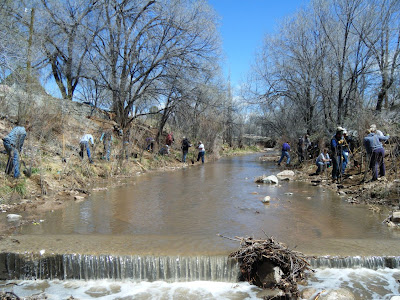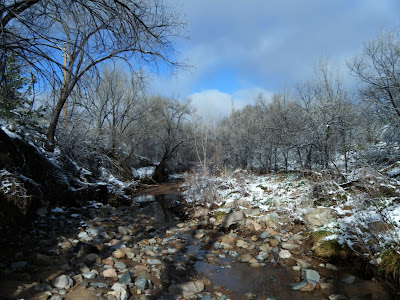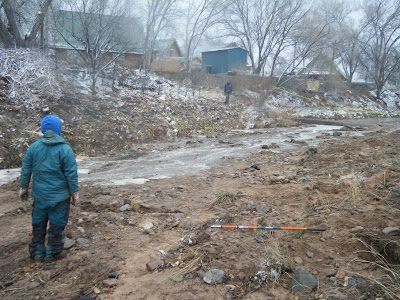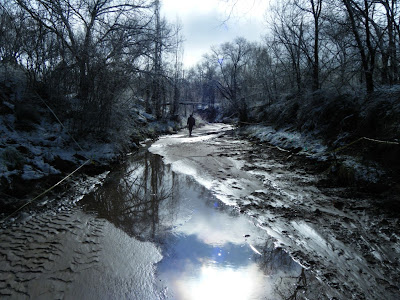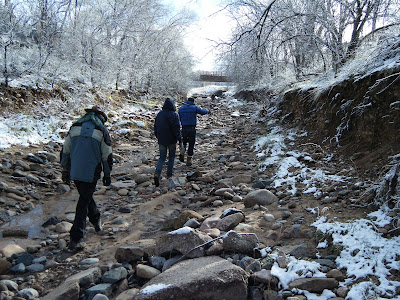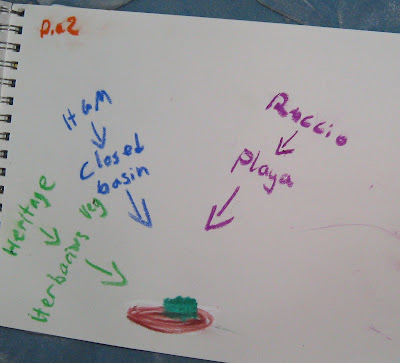Different descriptors used to classify ecosystems can be thought of as Venn Diagrams within a conceptual field, with e.g. playas and closed basins overlapping for those sites that are both, while acknowledging that not all closed basins are playas and not all playas are in closed basins. Under this framework, playas could be thought of as a subset of "Herbacious Vegetation" (although some playas may not be vegetated at all)
Another way of thinking about ecosystem classifiers is as a rainbow of alternative systems. Each system, such as that developed by the Nature Conservancy, Roccio, or HGM, entails a complete and comprehensive analysis of any given field site. In other words, choosing to describe ecosystems using HGM entails that each ecosystem will be given an HGM classifier. The strength of this perspective is that it acknowledges the classifier is system-dependent, while the weakness is that it does not conceptually relate one system to another.

